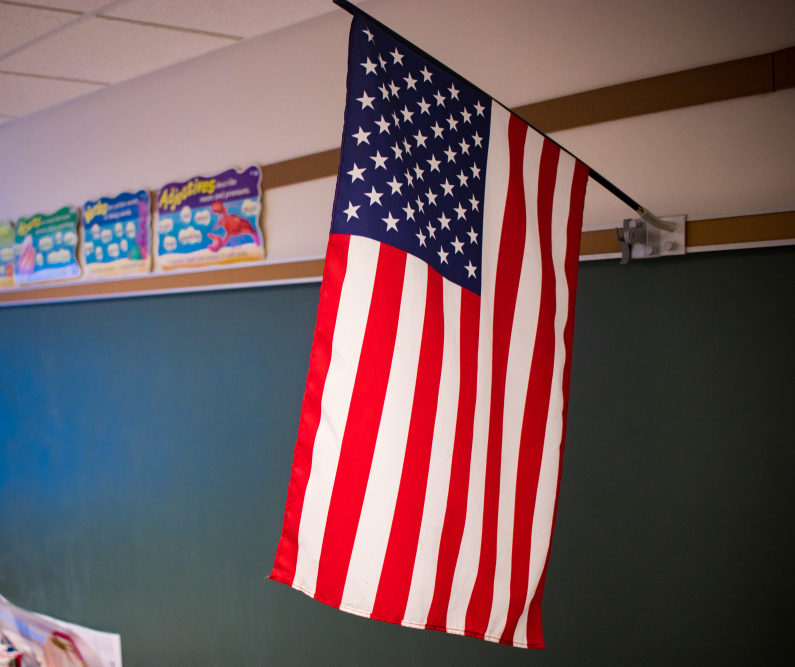Contributing to the Common Good
Our nation is blessed by a rich diversity of schools. Whether public or private, these diverse schools constitute the American educational experience and share a worthy goal: the education of our country’s children. Together, public and private schools work to ensure an educated citizenry; together they strive to help students reach their potential and contribute to the common good.
Private schools help educate the public—including students from a wide diversity of backgrounds, income levels, and ability levels—at considerable savings to taxpayers. They produce high-achieving students who make significant contributions to the country. And they strengthen their communities economically, socially, and educationally.
Research shows private schools to be particularly effective in educating disadvantaged students. Minority students who graduate from private high schools are more than twice as likely to attend four-year colleges than their counterparts in public schools. Further, the achievement gap between minority students and majority students is narrower in private schools than public schools.
Savings to Taxpayers
How much money do private schools save taxpayers? A 2012 report from the U.S. Census Bureau puts the per-pupil amount of spending for public K-12 education in 2010 at $10,615. Multiplying that figure by the number of K-12 students in private schools (4,700,119) results in an annual savings of $49.9 billion–a significant savings, indeed.

Preparing Good Citizens
Private schools do an outstanding job of preparing students to participate in the democratic process. On the NAEP civics test, a test intended to “measure how well American youth are being prepared to meet their citizenship responsibilities,” students in private schools scored well above the national average. The above-average private school scores in civics and history show private schools are second to none in instilling democratic principles and preparing good citizens.
Community Service
Private school students give back to the community. In November 1999, the National Center for Education Statistics reported on the participation of students in grades 6-12 in community service projects. The report showed a significant difference in community service based on the type of schools that students attend. In public schools, 50% of students in grades 6-12 in 1999 reported participating in community service. For church-related private schools, the participation rate was 72 percent and for non-church-related private schools it was 68 percent (table 2 of Service-Learning and Community Service Among 6th- through 12th Grade Students in the United States: 1996 and 1999).

